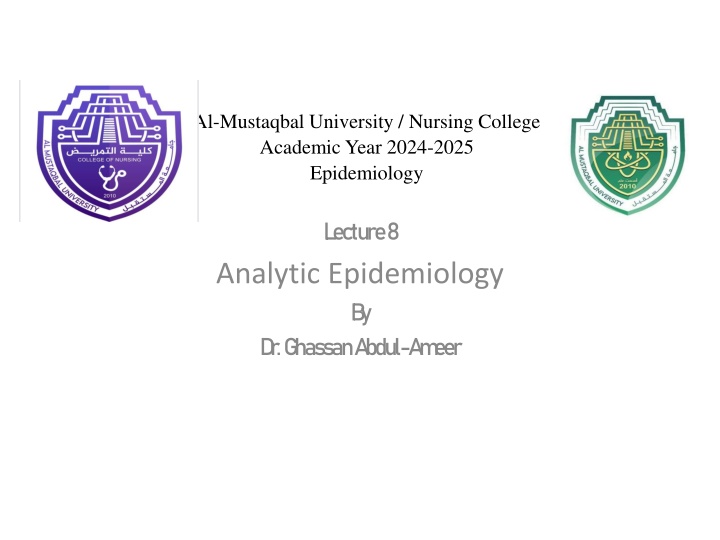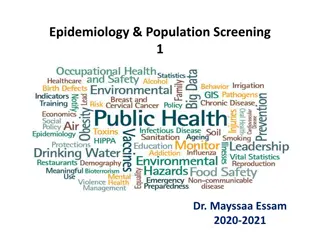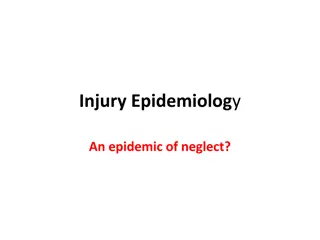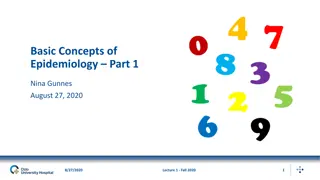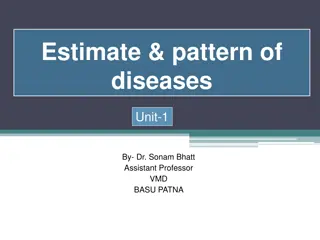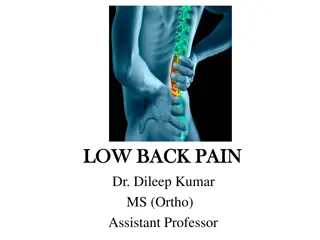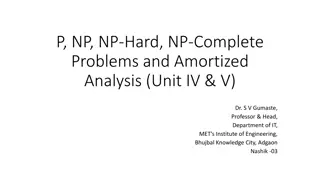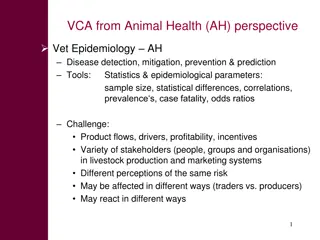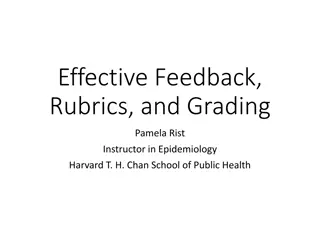Epidemiology: Analyzing Health Problems and Causes
Analytic epidemiology delves into identifying associations between health problems and potential causes to generate hypotheses, test mechanisms of causation, and conduct specific studies like prevalence, case-control, and cohort studies. It aims to explore the reasons behind diseases and health issues.
Download Presentation

Please find below an Image/Link to download the presentation.
The content on the website is provided AS IS for your information and personal use only. It may not be sold, licensed, or shared on other websites without obtaining consent from the author.If you encounter any issues during the download, it is possible that the publisher has removed the file from their server.
You are allowed to download the files provided on this website for personal or commercial use, subject to the condition that they are used lawfully. All files are the property of their respective owners.
The content on the website is provided AS IS for your information and personal use only. It may not be sold, licensed, or shared on other websites without obtaining consent from the author.
E N D
Presentation Transcript
Al-Mustaqbal University / Nursing College Academic Year 2024-2025 Epidemiology L ecture 8 Analytic Epidemiology B y D r. G hassan A bdul-A m eer
analytic epidemiology A second type of investigation, analytic epidemiology, goes description or analyzing the cause, risk factor and determinates of health problems seeks to identify associations between a particular human disease or health problem and its possible causes. beyond observation simple and
Analytic epidemiology Analytic studies tend to be more specific than descriptive studies in their focus. They test hypotheses or seek to answerspecific questions
Purposes of Analytic epidemiology Its purposes are to suggest mechanisms of causation generate etiologic (causal) hypotheses test those hypotheses.
Types of Analytic studies Analytic studies divided into three types: prevalence studies. case-control studies. cohortstudies.
Prevalence Studies When examining prevalence, it is helpful to remember that the health condition may be new or may have affected some people for manyyears. It may examine causal factors, but a prevalence study always looks at factors from the same point in time and in the same population.
Case-control Studies A case-control study compares people who have a health or illness condition (number of cases with the condition) with those who lack this condition (controls).
Case-control Studies These studies begin with the cases and look back over time (retrospectively) for presence or absence of the suspected causal factor in both cases and controls. For example, we might compare people who develop bladder cancer with those who do not with respect to theirsmoking behavior.
Cohort Studies A cohort is a group of people who share a common experience in a specific time period.
Cohort Studies Cohort studies, rather than measuring the relationship of variables in existing conditions, study the development of a condition over time.
Cohort Studies In studying a disease, the cohort might include individuals who are initially free of the disease but are known to have been exposed to a particular factor.
Cohort Studies They would be observed over time to evaluate which variables were associated with the development or nondevelopment of the disease. Cohort studies, also called prospective or longitudinal studies For example, we might follow a group of smokers over time to determine how many of them develop bladder cancer.
